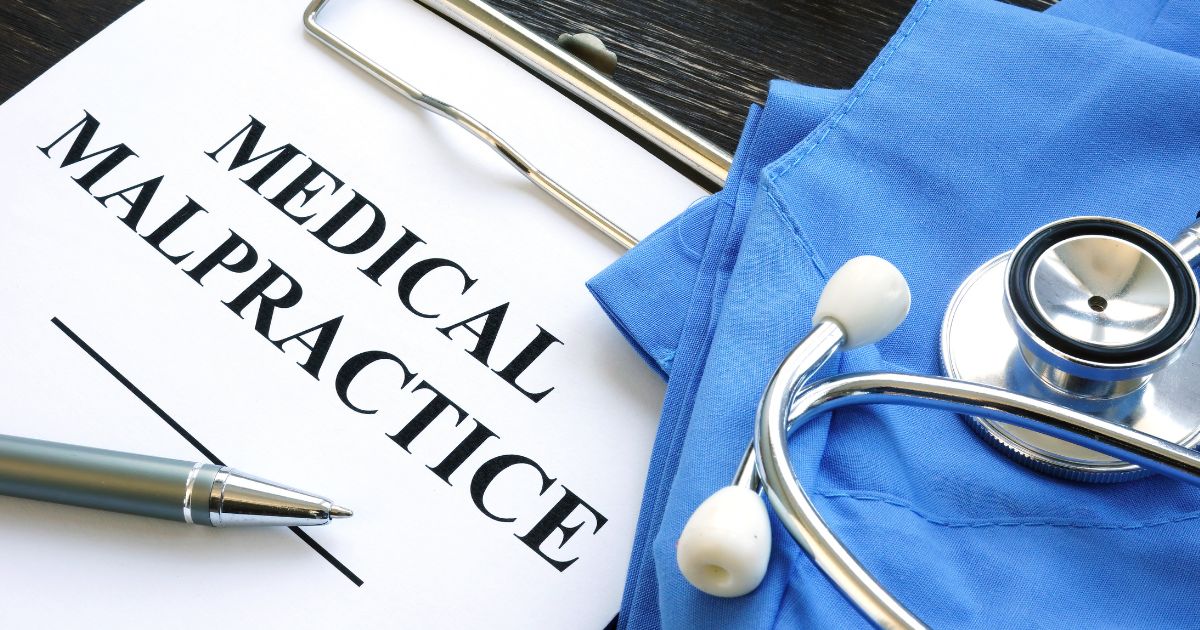It is standard practice for patients to read and sign forms before medical procedures are initiated, and things can only get underway once they are completed and signed. Once the paperwork is submitted, the patient has informed consent and medical providers have a measure of protection against lawsuits. However, what happens if you want to pursue a medical malpractice claim after you signed a waiver before a medical procedure?
The paperwork before a medical procedure typically includes a medical liability waiver. When signed, the patient waives their rights to hold the medical personnel and medical facility responsible for any damages that could occur. It is essential to read every word carefully because these documents are all different. A medical waiver generally covers what the procedure entrails and costs, plus topics like these:
- No representation was made about the procedure’s success, with no satisfaction guarantee.
- The medical waiver and release will be binding.
- The patient completely releases and is barred from making any claims that may have resulted from the procedure.
- The patient understands any risks and complications associated with the procedure, like stroke, heart attack, or death.
By signing a medical waiver, you give informed consent, acknowledging an understanding of potential benefits and complications that could happen during the procedure.
However, medical waivers do not provide guaranteed protection to negligent providers, which is the basis for malpractice cases. The risks described in a waiver and other reasonable risks that might apply are assumed to be associated with the procedure and possible complications. The difference is when the provider breaches the standard of accepted medical care and the patient suffers harm. Two extreme examples might be a surgeon who performs an amputation on the wrong limb or a physician leaving a medical tool in a patient’s body after a procedure.
Medical injuries do not always qualify for medical malpractice claims, however. If a patient experiences an injury due to an inherent procedure risk, it could have been an accident unrelated to negligence, or there might have been an unauthorized treatment you did not agree to; this is another form of negligence.
Can I Sue the Provider if I Sign a Waiver?
Injured patients can sue medical providers, but the process can be challenging and intimidating without experienced legal representation. You must determine if the injury was covered under the waiver’s terminology and agree to participate in lengthy investigations and evidence gathering. The key points of proving a medical malpractice claim include:
- There was a patient/provider relationship.
- The medical provider deviated from the acceptable standard of care.
- That deviation led to the injuries and the resulting damages.
- Those injuries and damages resulted from actions that were not covered under the waiver’s informed consent risks.
- Your injuries and damages were directly attributable to a physician or medical facility’s actions.
- The same would apply if you signed a medical waiver for a minor or someone else legally under your care.
How Is Evidence Gathered in a Medical Malpractice Case?
If you suspect medical negligence caused your injuries and damages, do not speak to the physician or anyone else involved with the procedure.
A main source for determining medical negligence is medical records. These can show if an anesthesiologist administered an incorrect dosage when an expectant mother was experiencing contractions and other essential details. To recover the medical expenses related to the injury, you must have copies of your new diagnosis, descriptions of the symptoms, and medical and prescription payments and receipts.
Evidence of lost wages includes previous paychecks and HR department communications. Severe medical malpractice cases can also involve significant pain and suffering, non-tangible costs that can be reimbursed. If there were other medical personnel in the room when the negligence occurred, they might have to provide testimony or face the penalty of perjury during a deposition or in a courtroom.
Are There Other Situations Where Waivers Cannot Be Enforced?
The waiver could also be questioned for other reasons. Sometimes, they need to be more enforceable, such as the patient signing under duress or lacking capacity. Other causes include the physician’s mistake, unconscionability, impossibility, gross negligence, fraud, misrepresentation, and illegality. In essence, medical providers are supposed to maintain responsibility for specific requirements. When they fail to do so, the waivers might not be enforceable, and patients may be able to seek financial compensation for their injuries.
Contact a Dayton Medical Malpractice Lawyer at Wright & Schulte LLC for Legal Guidance
Even if you signed a medical waiver before a procedure that caused an injury, you might still have legal recourse. Contact an experienced Dayton medical malpractice lawyer at Wright & Schulte LLC. Complete our online form or call 937-222-7477 to schedule a free consultation. Located in Dayton, Ohio, we serve clients in Cincinnati, Columbus, Cleveland, Centerville, Toledo, Youngstown, and Miamisburg.



